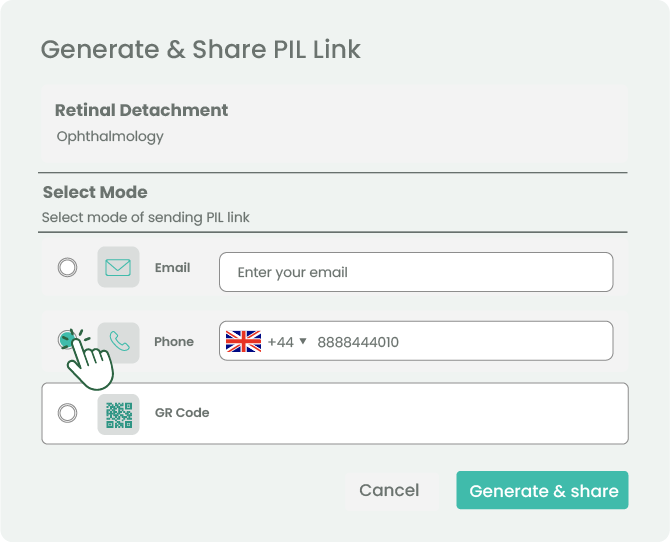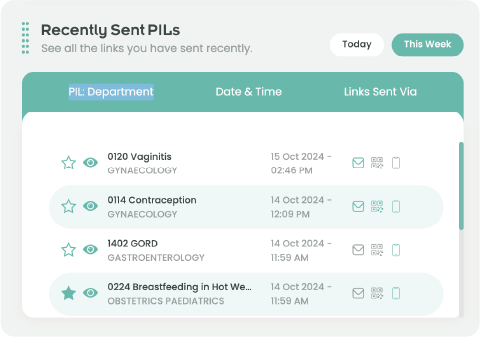Training Obstetric Teams In Emergencies (TOTIE)
Overview
Obstetric emergencies are an important cause of maternal mortality. Simulation training improves the confidence and skills of the providers. Established courses like ALSO and MOET training are available, but they are plagued by several issues. The trainees are instructed on all aspects of the emergency rather than their own role in the team. This affects the cohesiveness of the staff and leads to an individualistic approach. Furthermore, the courses are conducted in alien environments with resources that may not be available or used in the trainees’ hospitals. The PROMPT course training is done in the hospital, involving the whole staff, each trained in his role in the emergency. However, the PROMPT requires setting up. This process affects its uptake by many institutions. Our training program provides the training in the hospital environment. Preliminary visits will appraise the AMPM trainers of the system in place and the available guidelines and facilities. Accordingly, the training program is adjusted to the hospital. Emergency trollies and flowcharts are created within the maternity unit as well as a schedule for training. The number of sessions depends on the size of the maternity unit and the degree of utilization of guidelines. The course aims to establish a training program in the units, so they can provide the course themselves, without relying on outside agencies, including AMPM Training. Certificates of course completion will be provided.
TOTIE Objectives
- Create tailored flowcharts for the maternity units
- Establish Emergency trollies in the units
- Provide simulation training for the unit staff in emergencies
- Choose and train core providers of training in the hospital
- Establish a link with the risk management team in the hospital to guide the trainers to the required training sessions.
Examples of ETO Sessions
- Postpartum Haemorrhage
- Preeclampsia and Eclampsia
- Cardiac arrest
- Sepsis
- Twins
- CTG emergencies
- SBAR communication
- Inverted uterus
- Instrumental delivery



